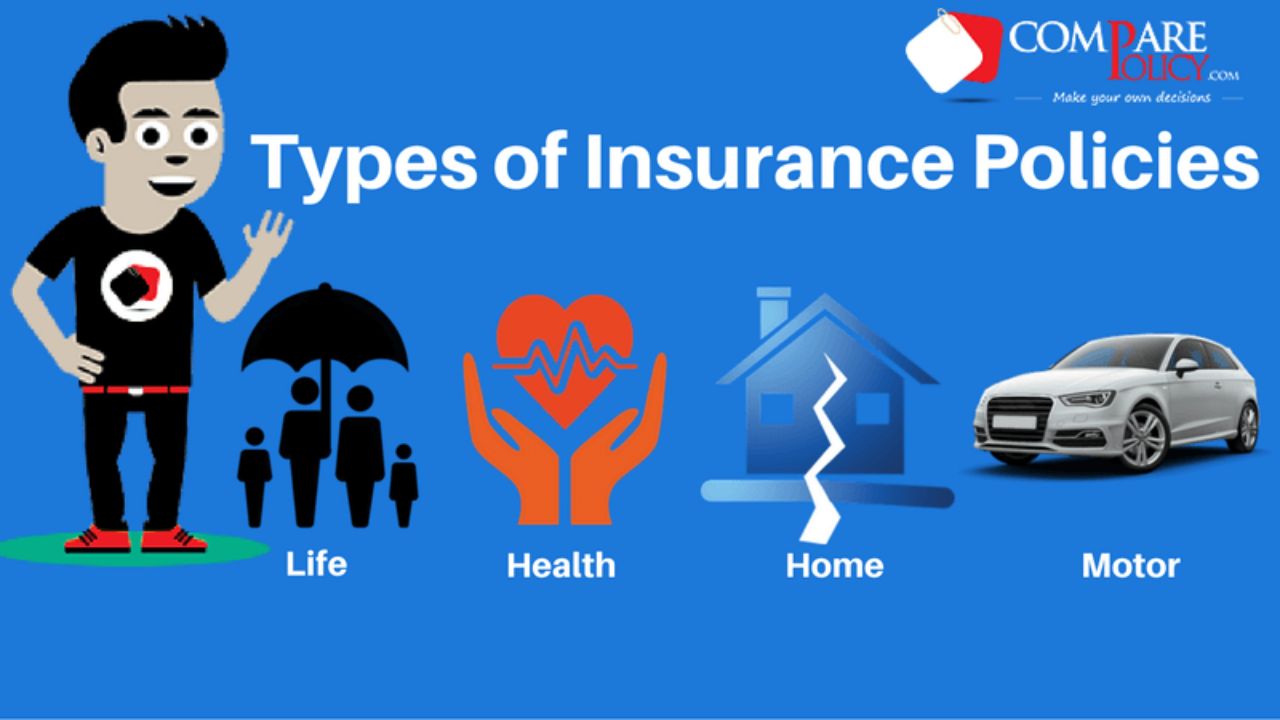The world of blogging is highly competitive. With millions of blog posts published daily, making your content stand out is crucial. SEO-friendly blog writing techniques ensure that your posts are not only engaging but also optimized for search engines. This article will explore various strategies, tips, and best practices to help you create content that ranks high and resonates with your audience.
SEO and Its Importance
What is SEO?
Search Engine Optimization (SEO) is the process of improving your website’s visibility on search engine results pages (SERPs). It involves various strategies and techniques to ensure that search engines can easily find, crawl, and index your content.
Why is SEO Important for Blogs?
SEO is critical for blogs because it helps increase organic traffic. By optimizing your blog posts for search engines, you can attract more visitors without relying on paid advertising. High-ranking posts are more likely to be clicked on, leading to more readership and potential conversions.
Keyword Research
The Foundation of SEO
Keyword research is the cornerstone of SEO. It involves identifying the terms and phrases your target audience uses when searching for content related to your niche.
Tools for Keyword Research
Several tools can help you find relevant keywords, such as Google Keyword Planner, Ahrefs, and SEMrush. These tools provide insights into search volume, competition, and related keywords.
Implementing Keywords Effectively
Once you’ve identified your keywords, it’s essential to use them strategically throughout your blog post. Include them in the title, headings, meta descriptions, and naturally within the content.
Writing SEO-Friendly Titles
Crafting Compelling Titles
Your blog post’s title is the first thing readers see, and it’s crucial for both SEO and user engagement. A good title should be descriptive, include your primary keyword, and entice readers to click.
Using Power Words and Numbers
Incorporating power words and numbers in your titles can make them more attractive. For example, “10 Proven SEO Friendly Blog Writing Techniques for 2024” is more compelling than “SEO Tips.”
Creating High-Quality Content
Understanding Your Audience
Before you start writing, it’s essential to understand your audience’s needs and interests. Create personas to represent your ideal readers and tailor your content to address their pain points and questions.
Providing Value
High-quality content provides value to your readers. It should be informative, well-researched, and answer the questions your audience is asking. Adding unique insights and personal experiences can also make your content stand out.
Also Read: Baltimore Orioles vs Kansas City Royals Match Player Stats
Optimizing Content Structure
Using Headings and Subheadings
Headings and subheadings help break up your content and make it easier to read. They also provide search engines with clues about your content’s structure and main topics.
Incorporating Lists and Tables
Lists and tables can make your content more scannable and engaging. They also help highlight important points and improve the overall user experience.
On-Page SEO Techniques
Meta Descriptions
Meta descriptions provide a brief summary of your blog post and appear under the title in search results. Including your primary keyword and writing a compelling description can improve your click-through rate.
Internal and External Links
Linking to other relevant content on your site (internal links) and authoritative sources (external links) can improve your post’s SEO. Internal links help keep readers on your site longer, while external links can boost your post’s credibility.
Using Multimedia
Images and Videos
Including images and videos can make your content more engaging and visually appealing. Be sure to optimize your images with alt text that includes your keywords.
Infographics
Infographics are a great way to present complex information in an easily digestible format. They can also be shared on social media, driving more traffic to your blog.
Improving Readability
Short Sentences and Paragraphs
Long sentences and paragraphs can be overwhelming. Breaking your content into shorter sections makes it easier to read and keeps readers engaged.
Simple Language
Using simple language and avoiding jargon ensures that your content is accessible to a broader audience. Aim for a Flesch Reading Ease score that indicates your content is easy to understand.
Engaging Your Audience
Encouraging Comments and Discussions
Inviting readers to leave comments and participate in discussions can increase engagement and build a community around your blog.
Social Media Sharing
Make it easy for readers to share your content on social media by including sharing buttons. Engaging with your audience on social platforms can also drive more traffic to your blog.
Tracking and Analyzing Performance
Using Analytics Tools
Tools like Google Analytics can provide valuable insights into how your blog posts are performing. Monitor metrics such as page views, bounce rate, and average time on page to understand what works and what doesn’t.
Adjusting Your Strategy
Based on your analytics, adjust your content strategy to focus on the topics and formats that resonate most with your audience.
Conclusion
Mastering SEO-friendly blog writing techniques is essential for boosting your blog’s visibility and attracting more readers. By understanding your audience, conducting thorough keyword research, and creating high-quality content, you can improve your blog’s search engine rankings and engage your audience effectively. Remember to continuously monitor your blog’s performance and adjust your strategy based on your analytics to stay ahead in the competitive world of blogging.
Also Read: Texas Rangers vs Atlanta Braves Match Player Stats
FAQs
What are SEO-friendly blog writing techniques?
SEO-friendly blog writing techniques involve strategies to optimize content for search engines, such as keyword research, using meta descriptions, and creating high-quality content.
How important are keywords in blog writing?
Keywords are crucial as they help search engines understand the content of your blog post and match it with relevant search queries.
What is the role of meta descriptions in SEO?
Meta descriptions provide a brief summary of your blog post and appear in search results. They can influence click-through rates and should include your primary keyword.
How can I improve the readability of my blog posts?
Improving readability involves using short sentences and paragraphs, simple language, and incorporating headings and subheadings.
Why should I use internal and external links?
Internal links keep readers on your site longer, while external links to authoritative sources can boost your post’s credibility and SEO.
What tools can help with keyword research?
Tools like Google Keyword Planner, Ahrefs, and SEMrush can help you find relevant keywords and provide insights into their search volume and competition.







